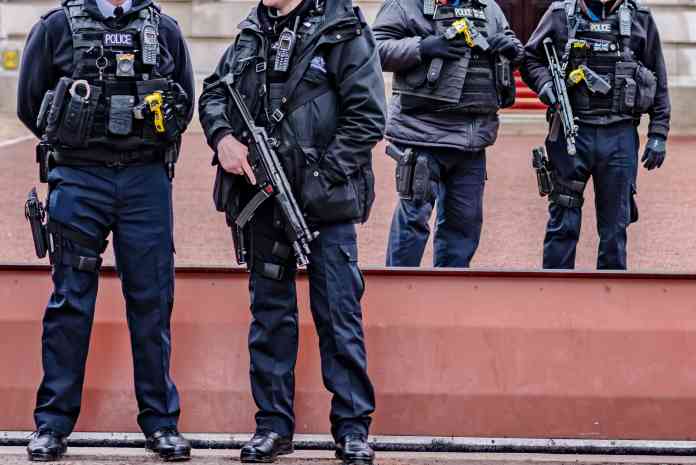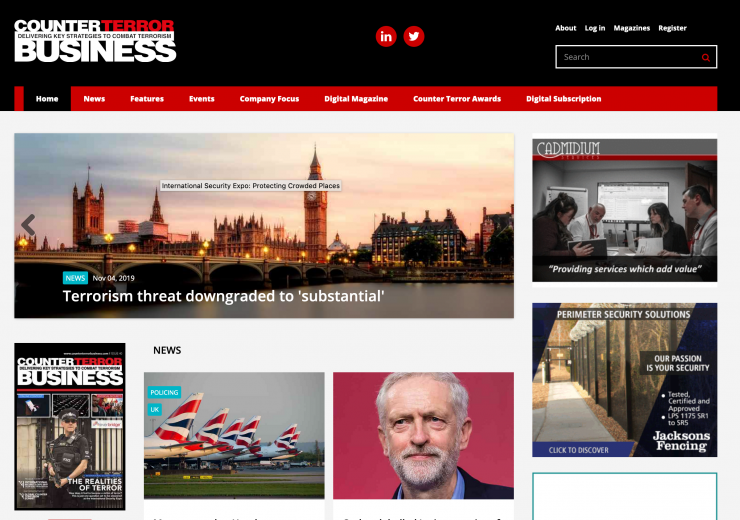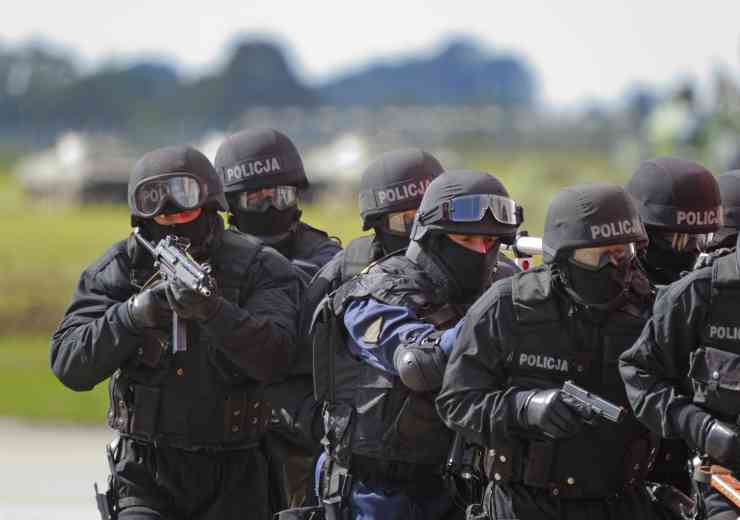
The Three W’s of Counterterrorism: A Framework for Analysis
Will proposed counter terrorism powers work?
There is little value in putting in place a counterterrorism mechanism doomed to failure. Few would support government efforts to do something against terrorism – simply for the sake of doing something against terrorism – if we knew that the something would be of no use. So, the second of our questions asks whether or not a particular measure will work: what are the chances of a proposed measure being successful, and how do we go about evaluating that success?
A first issue here is that – perhaps counter-intuitively – the purposes of counterterrorism programmes are not entirely straightforward. Paul Wilkinson (2011), for example, argued that counterterrorism laws may serve a variety of purposes, including addressing underlying grievances, deterring would-be terrorists or their sympathisers, upgrading the tools available to law enforcement officials, reassuring the public that something is being done, and expressing public revulsion toward terrorism. The banning of terrorist organisations through proscription powers, to give one example, is frequently justified on symbolic as well as strategic grounds with advocates seeing such powers as a mechanism for communicating intolerance toward terrorism as much as a tool for preventing terrorism. As James R. Clapper, the former United States Director of National Intelligence (DNI), and chief intelligence advisor to the President, argued, the listing of terrorist groups can be ‘more symbolic, more political, than substantive’.
A second challenge is that assessing the efficacy of a particular measure involves a claim about cause and effect that may be difficult to substantiate. How do we know, for example, that a particular attack was abandoned because of the deterrence effect of a counterterrorism framework rather than due to unrelated reasons. Looking forward – into the future – of course, is even more difficult still with the absence of counterfactuals to aid us. All policymaking involves speculation about the future, and counterterrorism is no different here even if the stakes are so great.
A third issue is that counterterrorism policies are aimed at reflexive actors – ‘terrorists’ and their sympathisers – whose ideas, motives, behaviours and targets are themselves constantly changing (although the level of innovation and creativity within terrorist organisations remains much debated). Efforts to reduce the risk of an attack in a specific time or place, for example, may result in the selection of an alternative target, as happened in response to target hardening efforts in response to aircraft hijackings in the 1970s.
So, taking these together, questions to be considered within the second of our three W’s include:
- 1) Can we identify the purpose(s) of a specific counterterrorism power?
- 2) Can we predict the future operation of a counterterrorism power?
- 3) How confident can we be in linking cause and effect here, such that we can link actions and their outcomes?
- 4) How will a particular counterterrorism power impact on its targets, and their behaviour?
Are counter terrorism powers worth the consequences?
The final set of considerations refers to the consequences – intended and otherwise – of counterterrorism efforts and activities. Uppermost here might be the costs in manpower, money, and time of an attempt to deter or respond to a terrorist threat. By some estimates, the post-9/11 war on terrorism has now cost an eye-watering $6.4 trillion, to say nothing of the cost in human life in Iraq, Afghanistan and beyond.
Such costs may be less pronounced in the context of less exceptional counterterrorism tools – such as the Bill with which we began our discussion – but they exist nonetheless and may not always be foreseen in advance. Work on the targeting of minority and especially ‘suspect’ communities in the post-9/11 climate, for instance, has demonstrated the widespread incursion of contemporary counterterrorism frameworks upon civil liberties and other fundamentals of citizenship [https://journals.sagepub.com/doi/abs/10.1111/j.1467-9248.2012.00993.x?jo.... And this is to say nothing of the opportunity costs of counterterrorism efforts: parliamentary time spent debating a new counterterrorism bill which could be put to any number of alternative uses, of course.
How we assess such costs is therefore a matter, in part, of economic calculation. As John Mueller (2006: 1) argues, overreaction to the threat of terrorism has ‘led to wasteful, even self-parodic expenditures and policy overreactions, ones that not only very often do more harm and cost more money than anything the terrorists have accomplished, but play into their hands’. It is also, however, a matter of ethical and political decision: not least: Are we willing to trade-off or ‘balance’ liberties for security if we think this will work? Are we willing to trade the liberties of some for the security of others?
As a fundamentally political question, our third W of Counterterrorism again evades any straightforward or simplistic answer. As before, though, we may find it helpful to break the question down further to the following constituents:
- 1) Is a proposed counterterrorism mechanism worth the costs in time, treasure, and other resources?
- 2) Is a proposed measure worth the opportunity costs, or could these resources be put to better or more efficient use?
- 3) Are we willing to justify the intended consequences of such a measure, especially if there are impacts upon civil liberties, citizenship, and so forth?
- 4) Have we considered, and are we willing to justify potentially unintended consequences – for example, the impact of counterterrorism policies upon social, cultural and other relations between groups, communities and publics within and beyond a particular territory.
These Three W’s of Counterterrorism do not exhaust the kinds of question we might ask when evaluating the counterterrorist activities of executives, legislators, police or other security professionals. What they do, however, offer, is a broad framework for evaluating proposed or actual counterterrorism policies, and for thinking through the questions they raise.
This is an updated version of an earlier piece published on UEA’s Easminster site, available here.
This article was written by Lee Jarvis, Professor of International Politics at the University of East Anglia, UK.
Lee’s work focuses on the construction and communication of security threats, and the implications thereof for social and political life. Lee is author or editor of fourteen books and over fifty articles or chapters, including Times of Terror: Discourse, Temporality and the War on Terror; Security: A Critical Introduction (with Jack Holland); and Banning Them, Securing Us? Terrorism, Parliament and the Ritual of Proscription (with Tim Legrand). His work has been funded by the ESRC, the AHRC, the Australian Research Council, NATO and others. Twitter: @LeeJarvisPols. Email: l.jarvis@uea.ac.uk
Pages
digital issue




















